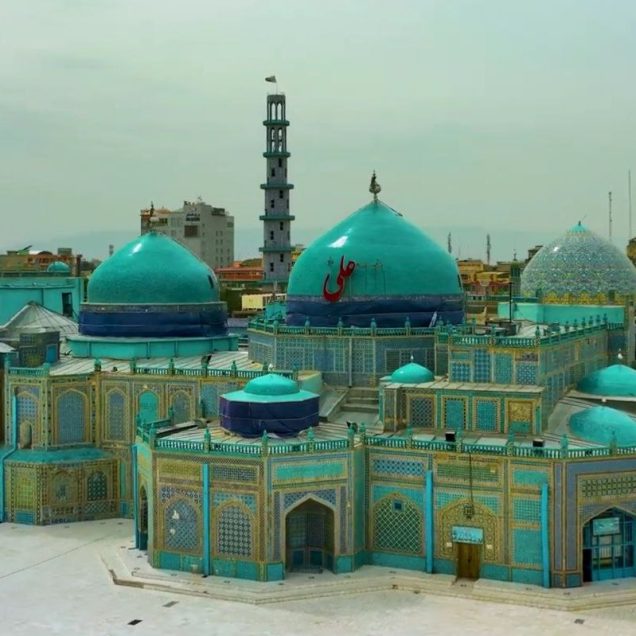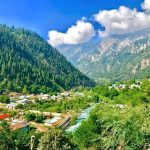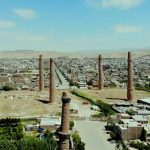Mazar-e-Sharīf or Mawla Ali city
Mazar-e-Sharīf or simply Mazar, is the fourth-largest city in Afghanistan. It is the regional hub of northern Afghanistan, located in close proximity to both Uzbekistan and Tajikistan. Balkh (Mazar-e-Sharīf), today only a small town, is very famous for its glorious past. Zoroaster preached here sometime in 6th Century B.C. Rites at the shrine to Anahita, Goddess of the Oxus, attracted thousands during the 5 th Century and Alexander the Great chose it for his base in the 4 th Century B.C. Under the Kushans, when Buddhism was practiced throughout Afghanistan, many holy temples flourished in Balkh. The Arabs called Balkh Umm-ul Bilad, the ‘mother of cities’. It is the capital of Balkh province and is linked by highways with Kunduz in the east, Kabul in the southeast, Herat in the southwest and Termez, Uzbekistan in the north. It is about 55 km (34 mi) from the Uzbek border. The city is also a tourist attraction because of its famous shrines as well as the Islamic and Hellenistic archeological sites. The ancient city of Balkh is also nearby.The region around Mazar-i-Sharif has been historically part of Greater Khorasan and was controlled by the Tahirids followed by the Saffarids, Samanids, Ghaznavids, Ghurids, Ilkhanates, Timurids, and Khanate of Bukhara until 1751 when it became part of the Durrani Empire (although under autonomous emirs). Eventually the city passed to a few local rulers before becoming part of Afghanistan in 1849.



